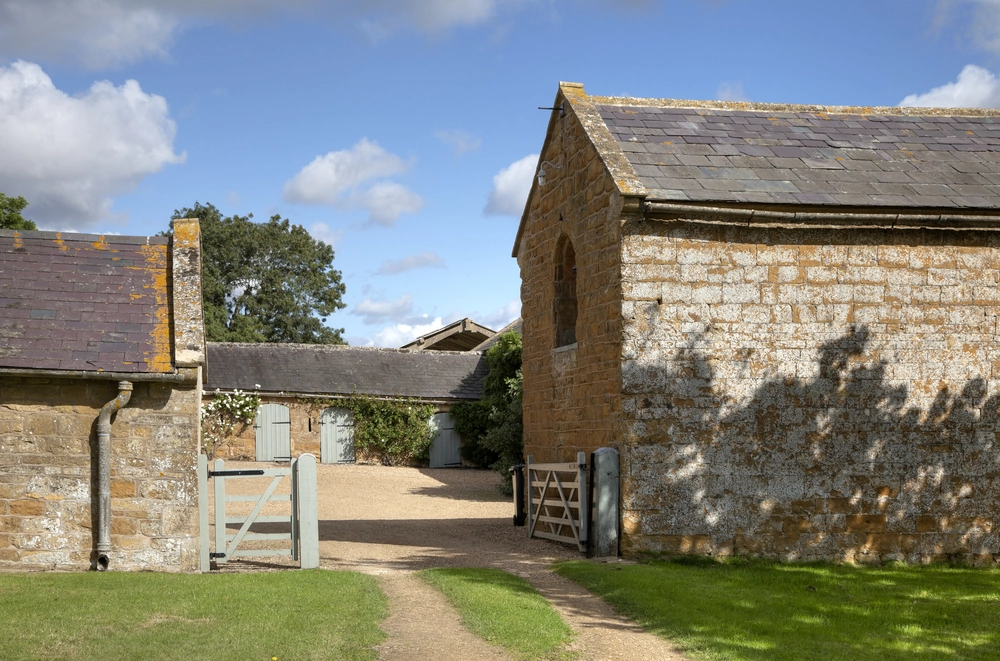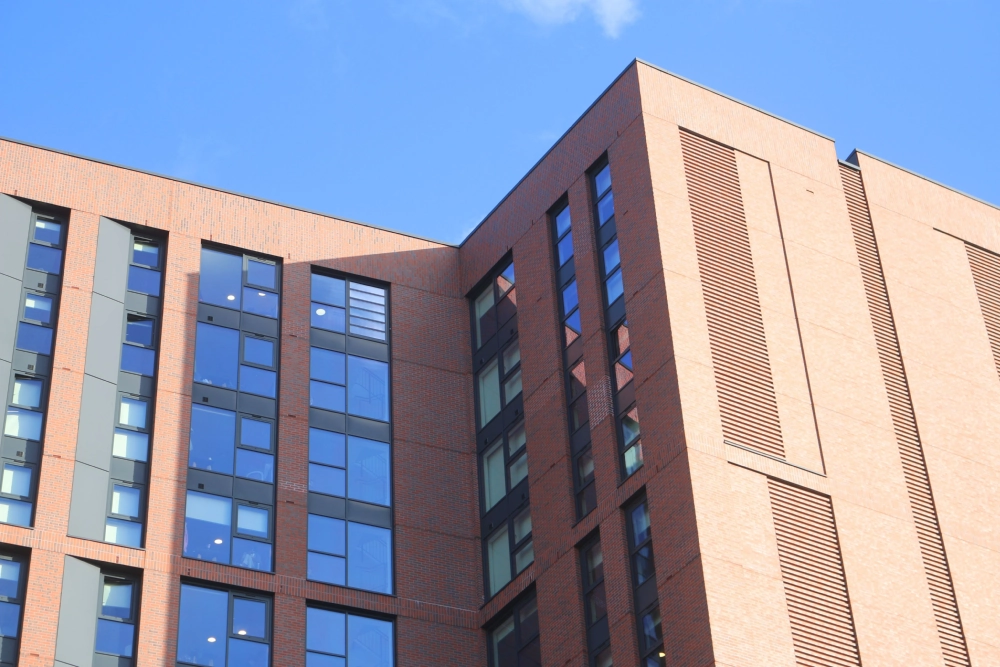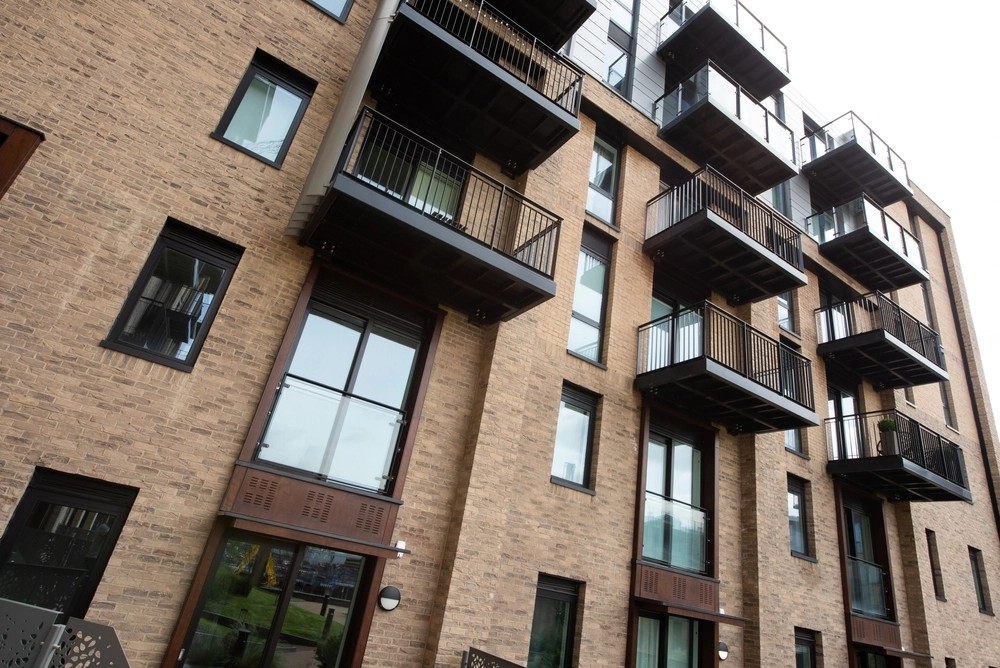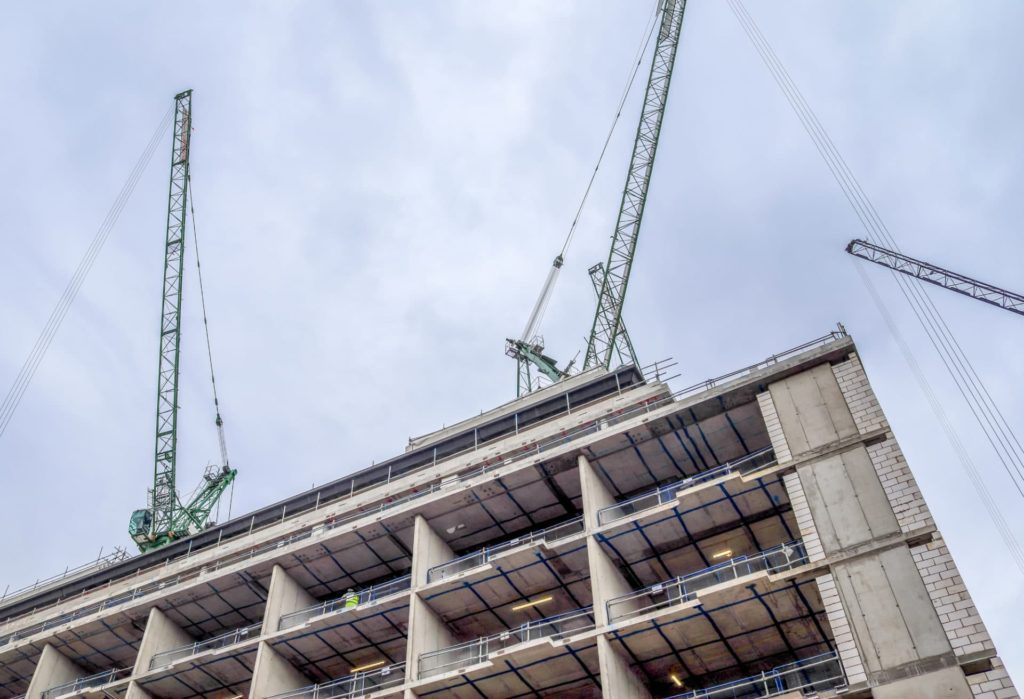
General election 2024: What do the manifestos say about planning?

By Adrian Noviss, Marianne Ironside
2 Jul 2024 | 1 minute read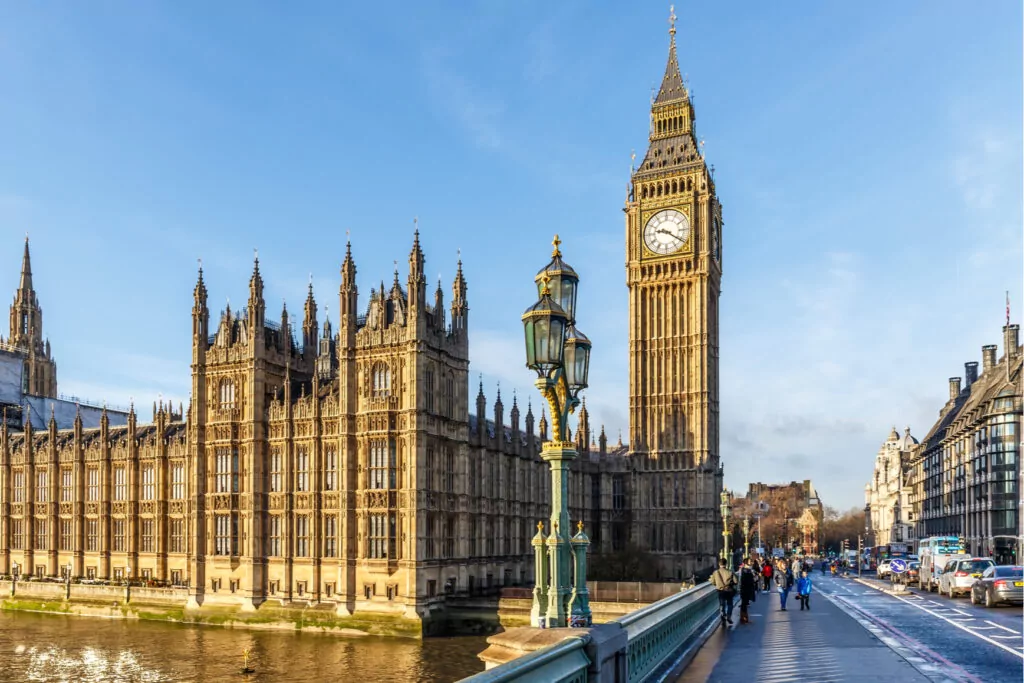
With the 2024 general election campaigns coming to a head, we consider the highlights of what the parties' manifestos are promising in relation to planning and their implications in the areas of housebuilding, brownfield and green belt development, planning policy and local authority funding.
Housebuilding and affordable housing
Unsurprisingly, housing features heavily in all of the manifestos with the parties setting similar targets for the delivery of new homes:
- Conservatives: 1.6 million
- Labour: 1.5 million
- Liberal Democrats: 380,0000 a year (totalling 1.9 million over a five-year Parliament), including 150,000 social homes)
- Green: 150,000 social homes a year (totalling 750,000 over a five-year Parliament) through a combination of new build and refurbishment
- Reform: No target specified
Whilst the targets are laudable, they represent a significant increase compared with the actual annual delivery of housing both currently and over the past 30 years (housing supply in England in 2022-23 amounted to 234,400 net additional dwellings. Since 1992, net additional dwellings have ranged from a low of 130,610 in 2012-2013 to a peak of 248,590 in 2019-2020.
In terms of how the targets will be delivered and securing the provision of affordable housing, the parties vary significantly.
Housebuilding and affordable housing
The Conservatives propose requiring councils to set aside land for local and smaller builders and reducing section 106 requirements for smaller sites. They would simplify the process for self-builders and support more community housing schemes and encourage the building of different forms of housing, particularly for older people. They would also renew the Affordable Homes Programme and use the Infrastructure Levy to deliver GP surgeries, roads and other local infrastructure.
Labour is proposing to restore mandatory housing targets and strengthen the presumption in favour of sustainable development. They intend to prioritise the building of new social rented homes and protect existing stock by reviewing the right to buy discounts and increasing protections for newly built social housing. They would strengthen planning obligations to ensure new developments provide more affordable homes and make changes to the Affordable Homes Programme to deliver more homes from existing funding and support councils and housing associations to build their capacity and make a greater contribution to affordable housing supply. They have also stated that they will not be afraid to make full use of intervention powers to build housing.
The Liberal Democrats propose giving local authorities powers to end the right to buy in their areas and introduce ‘use-it-or-lose-it’ planning permissions for developers who refuse to build. They would allow councils to buy land for housing based on current use value and trial Community Land Auctions to allow local communities to receive a share of the benefits of new development in their areas and to help fund local services. They would also ensure that all development has appropriate infrastructure, services and amenities in place by integrating infrastructure and public service delivery into the planning process. They would introduce a new ‘Rent to Own’ model for social housing where rent payments increase the tenant’s stake in a property, until they own it outright after 30 years.
The Green Party would also take steps to end the right to buy social homes and introduce legislation to give local authorities, registered social landlords and community housing groups the first option to buy certain properties at reasonable prices. Viability levels would be set in local plans to prevent negotiation by developers. They propose ensuring large-scale developments are supported by new infrastructure such as GP surgeries, bus services, cycling and walking networks, and extra school and nursery places.
Reform would introduce a ‘loose fit’ planning policy for large residential developments with pre-approved guidelines and developer requirements.
Brownfield redevelopment
The subject of brownfield redevelopment to deliver housing features significantly in the manifestos. The parties' focus on brownfield redevelopment recognises the inherent conflict between delivering new housing and the need for land to locate housing, and the impact that this would have on the local environment.
The Conservatives propose introducing a fast-track planning process for new homes on brownfield land within the 20 largest cities and raising density levels in inner London, similar to those of other European cities on underused industrial land. There would be a focus on new urban regeneration schemes by creating locally led urban development corporations in partnership with the private sector and institutional investors.
Labour proposes a “brownfield first approach” prioritising the development of such land where possible and fast-tracking applications. However, they note that brownfield development alone will not be sufficient to meet housing need and so propose a new generation of new towns. Alongside urban extensions and regeneration projects, new towns will form part of a series of large-scale new communities across England.
The Liberal Democrats would encourage development of existing brownfield sites with financial incentives and community-led development of cities and towns in addition to ten new garden cities.
The Greens intend to provide housing in places where people live and work. They would require local authorities to spread small developments across their areas, rather than building huge new estates.
Reform state that they would review the planning system in the first 100 days with the aim of introducing fast-track planning and tax incentives for development of brownfield sites.
Green belt and the environment
Given that the amount of housing to be delivered will exceed the capacity of brownfield sites and will inevitably have an impact on the environment, the manifestos contain proposals to minimise the impact.
The Conservatives retain their “cast-iron commitment to protect the green belt from uncontrolled development” with a focus on more homes in inner cities. They also plan to abolish nutrient neutrality rules and replace them with a legal requirement for developers to pay a one-off mitigation fee.
Labour is also committed to preserving the green belt but would take a more strategic approach and release such land to build more homes in the right places, particularly through the release of lower quality ‘grey belt’ land. They would introduce ‘golden rules’ to ensure developments benefit communities and nature. They would implement solutions to unlock the building of homes affected by nutrient neutrality rules without weakening environmental protections.
The Liberal Democrats would encourage the use of rural exception sites to expand rural housing and ensure housing is not built in areas of high flood risk without adequate mitigation. They intend to ensure new developments result in significant net gain for biodiversity, with up to a 100% net gain for large developments and introduction of a strategic ‘Land and Sea Use Framework’ to balance competing demands on land and oceans whilst empowering ‘Local Nature Recovery Strategies’ to identify a new Wild Belt for nature recovery.
The Green Party is also committed to protecting the green belt and ensuring everyone has easy access to a green space. They would reduce the environmental impact of new construction and require full planning applications for demolition. All planning applications would need to include whole-life carbon and energy calculations and building designs would need to be future-proofed.
Planning policy
The parties take different approaches to the planning policy that would underpin the decision-making process in locating and delivering development.
The Conservatives focus on reform to major infrastructure projects promising to “speed up the average time it takes to sign off major infrastructure projects from four years to one” by reforming the environmental impact assessment regime, allowing quicker changes to consented projects and regularly updating National Policy Statements. They would focus the role of statutory consultees on improving projects and introduce amendments to reduce legal challenges.
Labour intend to update the National Planning Policy Framework to restore mandatory housing targets and strengthen the presumption in favour of sustainable development. They intend to set out new national policy statements and take “tough action” to ensure Local Planning Authorities have up-to-date Local Plans and introduce new mechanisms for cross-boundary strategic planning. They would require all Combined and Mayoral Authorities to strategically plan for housing growth in their areas and introduce a new statutory requirement for Local Growth Plans covering towns and cities across the country.
The Liberal Democrats would expand Neighbourhood Planning in addition to the changes described above to deliver housing and protect the environment.
The Green Party state that they would push for a “land use planning policy framework that seeks to balance various needs, such as to meet the challenge of the climate emergency, protect nature, grow enough food, and provide homes and energy.”
Reform would, as noted above, introduce a ‘loose fit’ planning policy for large residential developments with pre-approved guidelines.
Local authority funding
To deliver on these proposals, some of the parties intend to provide additional resources for local planning authorities, which recognises that planning is not just about policies and plans but also about the people involved in the decision-making process that allows applications to be granted, enabling developments to be built.
Labour would fund 300 additional planning officers through increasing the stamp duty surcharge paid on residential properties by non-UK residents by 1%.
The Liberal Democrats propose allowing local authorities to set their own planning fees to reflect the actual cost of delivering planning services.
The Green Party wants communities to have the funding and resources to act as “guardians of the land and the built environment” and intends to push for an increase in local government funding of £5bn per year for English authorities (for all local authority services, not specifically planning).
Final thoughts
Whilst the parties make different, and often bold, proposals in relation to planning matters, the manifestos, as you would expect, do not contain the detail setting out how they will introduce such changes in practice nor timescales within which they intend to deliver them.
However, all the parties acknowledge that whoever is elected to govern the country will need to deliver more homes at affordable prices to meet the increasing housing need and that they will need to try to minimise the inevitable impact that additional housing will have on the environment.








